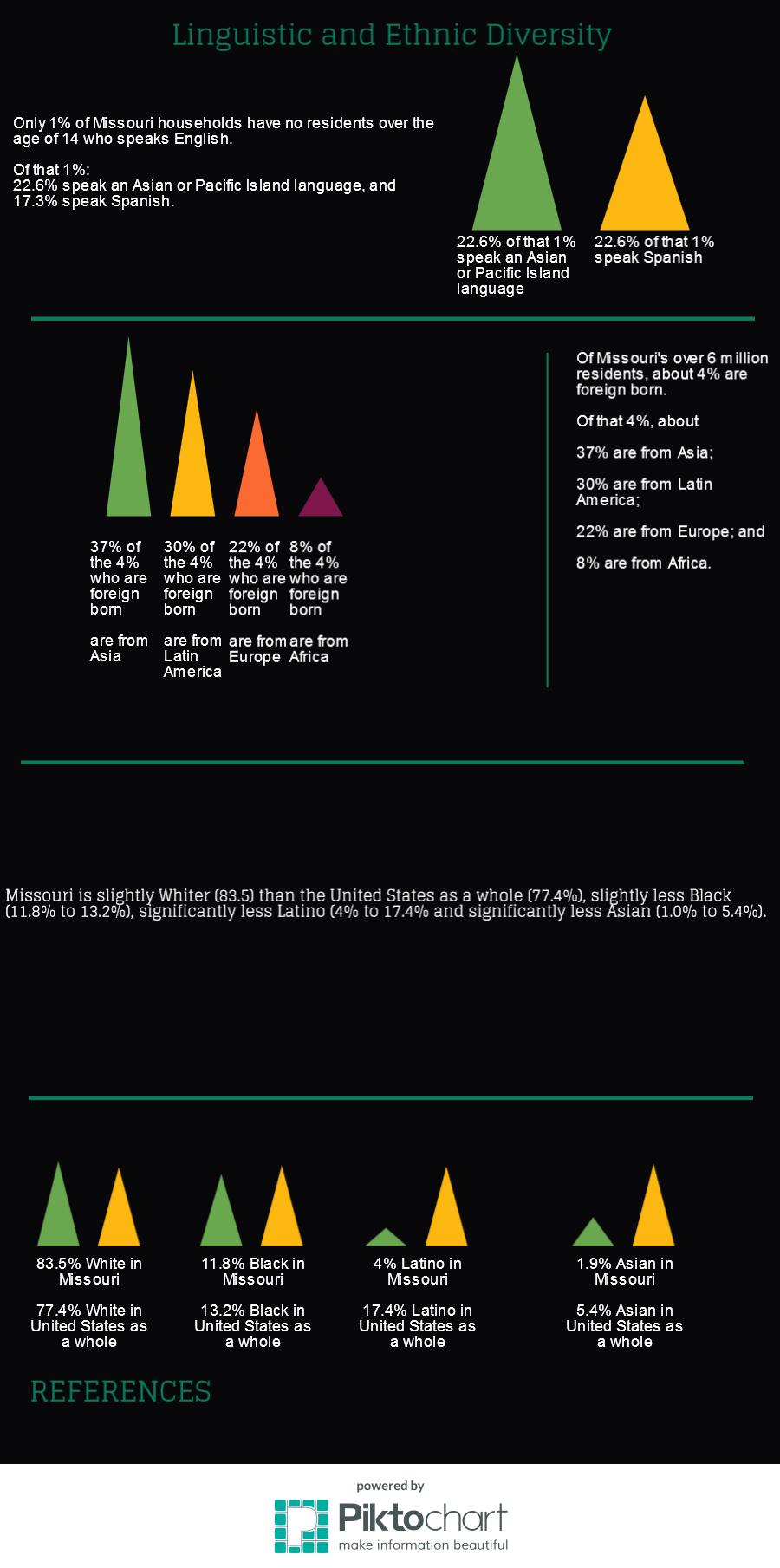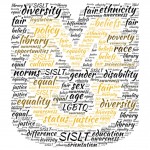GENERAL RESOURCES
Discovering the Demographics of Diversity
The United States of America has always been a multi-ethnic society. The first European explorers encountered an indigenous population, and French, British, Dutch and Spanish settlers brought African slaves by the millions to the New World. The first “great wave of immigration” in the 18th century brought Irish, Scottish and Germans to what were British colonies. In the middle decades of the 19th century, a second great wave came from Ireland and Germany, but there were also Chinese and Japanese arriving on the West coast as well. At the dawn of the 20th century, the 3rd great wave of immigration came from not northern and western but eastern and southern Europe (Italians, Poles, Hungarians, Russians, Greeks, Armenians, et al.). We are now in our fourth “great wave” of immigration, and this time, people are coming from all over the world. At the dawn of the 21st century, nearly one-tenth of all U.S. residents is foreign born. By 2043, the U.S. Census bureau predicts that so-called “minorities” will be the majority. Currently, only 12% of credentialed librarians are other-than-White.
- U.S. Census 1
It is very easy to get a sense of the diversity of your community using U.S. Census. It might seem intimidating, but the U.S. Census website has guided tours to help you get the information you are seeking. Just go to the following the link below, click on “Guided Search,” and the rest is easy. You can find out the demographics for gender, age, race and ethnicity, nationality, citizenship status, socioeconomic status, education level, and language in your community. - ARDA 2
The U.S. Census does not gather information about religion. Fortunately, the Association of Religious Data Archives (ARDA) does. You can search for religious affiliation demographics by county, metropolitan area, or zip code at:
http://www.thearda.com/. - Inform Yourself 3
Sometimes when people live most of their lives within homogenous communities, they might be uncomfortable communicating with people who come from different races, nations, ethnicities, abilities, and sexual orientations. The terms we use to identify different groups of people can be perceived as respectful of belittling. The following provides some guidelines and cites some more commonly accepted and rejected terms so that the group identity labels we use are appropriate and empowering: Castania, K. (2003). The Evolving Language of Diversity. Ithaca, NY: Cornell Cooperative Extension. https://ecommons.cornell.edu/handle/1813/2665 - Library-sponsored English as a Second Language (ESL) programs can be a bridge to greater trust between immigrants and their new communities. See: Vårheim, Andreas. “Trust In Libraries And Trust In Most People: Social Capital Creation In The Public Library.” Library Quarterly 84.3 (2014): 258-277.4
- Resources for a Diverse Patronage 5
The American Library Association (ALA) has done a lot of good work to assemble resources for libraries on diversity-related issues. Through the ALA’s Diversity page, you can discover cultural programming to promote diversity, how to accommodate and value diversity in the workplace, and how to extend your services to underserved populations. - In 2007, the ALA analyzed of library services and programs for other-than-English speakers, “including effectiveness of services, barriers to library use, most frequently used services and most success library programs by language served.” You can read more about it or download the whole report at: http://www.ala.org/offices/olos/toolkits/servetheworld/servetheworldhome 6
- U.S. Citizenship and Immigration Services has also published Library Services for Immigrants: A Report on Current Practices in conjunction with the Institute of Museum and Library Services. This document is the product of a day-and-a-half conversation between working librarians and other immigration service professionals regarding collaborations, collection development, reference services, programming, and outreach for the foreign-born. The report can be found here:
http://www.uscis.gov/sites/default/files/USCIS/Office%20of%20Citizenship/Citizenship%20Resource%20Center%20Site/Publications/G-1112.pdf 7 - Duolingo 8 is considered to be among the best software for learning a language, even when measured against paid programs. It is a totally free, Web-based program with mobile apps. Its only shortcoming is that, of its fourteen choices, all but one are European languages.

